Whether you are building a new structure or trying to protect an existing one, here are some do’s and don’ts to keep in mind for a dry and durable structure.
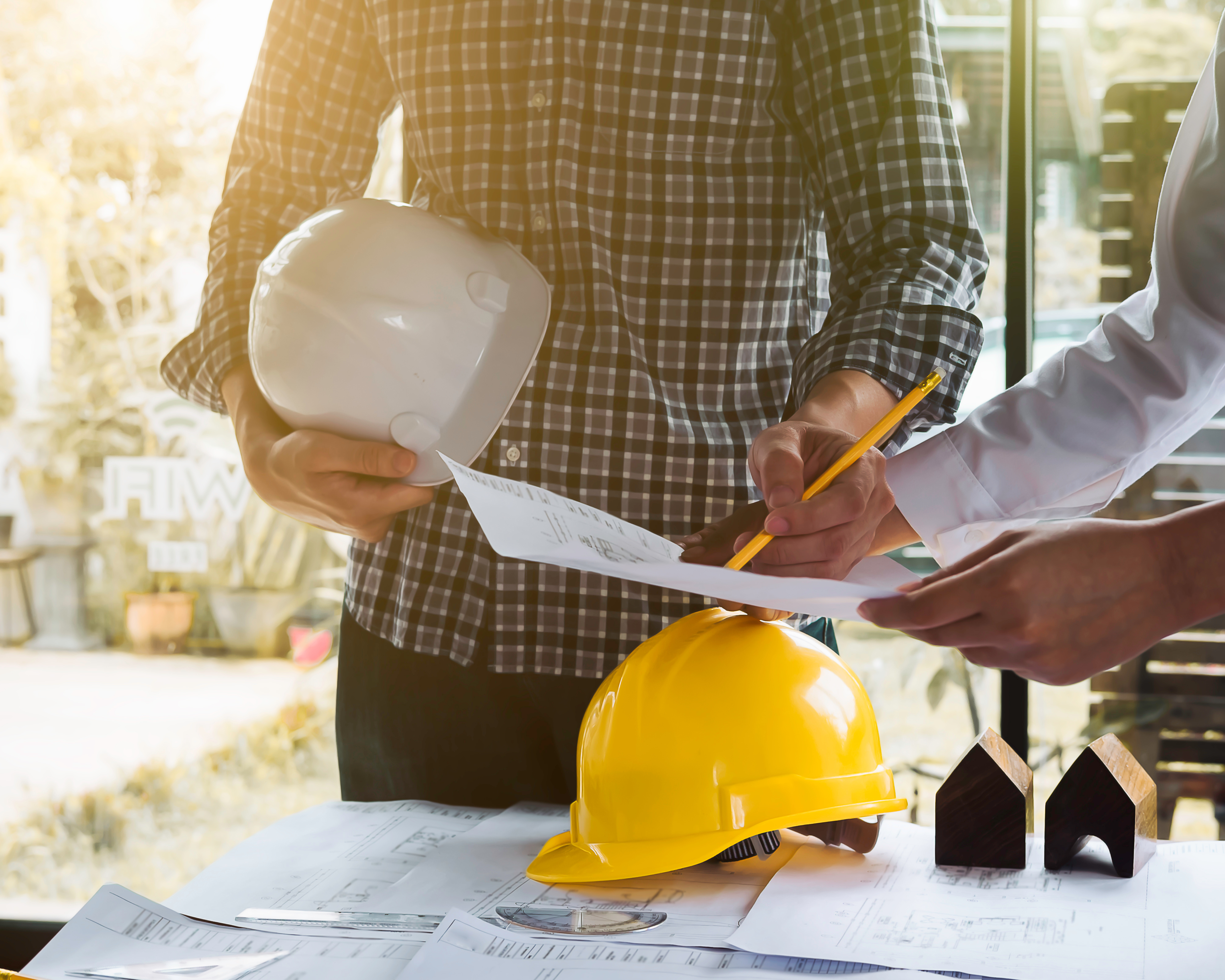
The best time to waterproof a building is during its design and construction phase. This will enable thorough planning and the installation of effective waterproofing systems to ensure all areas are covered and prevent water infiltration. It is important to work with a qualified architect or engineer who understands the unique waterproofing needs of your building.
When it comes to waterproofing, quality materials are key. Cutting corners and using low-quality or unsuitable materials can lead to inadequate protection, leaving the structure vulnerable to water damage and potential structural failure down the line. To avoid such scenarios, it is crucial to choose materials that are specifically designed for waterproofing. Investing in high-quality products may seem expensive in the short term, but is a wise decision in the long run, as it can save you from costly repairs and replacements.
Without proper drainage, water can accumulate around the foundation of a building, leading to erosion and potential structural damage. In addition, standing water can also create an environment for mould and mildew growth, which can compromise indoor air quality and lead to health issues. Ensuring adequate drainage will assist in diverting water away from the building and prevent water infiltration.
These standards and regulations have been put in place to ensure that buildings are safe, durable, and able to withstand the unique weather conditions of Australia. By ignoring these guidelines, you may be putting your building at risk of water damage, structural failure, and even legal liability. It's important to work with professionals who are familiar with these standards and regulations to ensure that your building is up to code and protected from water damage.
Without proper drainage, water can accumulate around the foundation of a building, leading to erosion and potential structural damage. In addition, standing water can also create an environment for mould and mildew growth, which can compromise indoor air quality and lead to health issues. Ensuring adequate drainage will assist in diverting water away from the building and prevent water infiltration.
By conducting proper testing, you can identify any potential issues or weaknesses in the system and address them before they become major problems. This can save you from an array of issues down the line. Additionally, testing can help you determine whether the product is suitable for the unique waterproofing needs of your building, such as the climate and location.
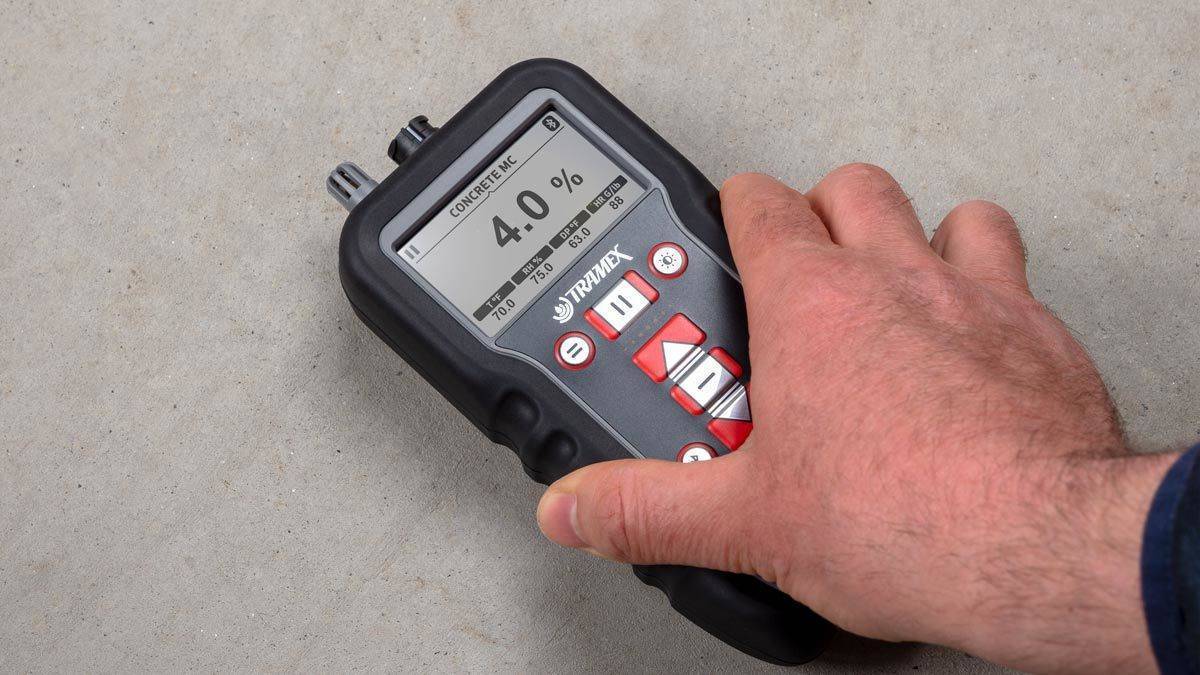 [Photo courtesy of Tramex]
[Photo courtesy of Tramex]
An unclean surface can compromise the effectiveness of the waterproofing system. Ensuring a clean surface area that is free from dirt, debris, or other materials on the surface that can interfere with the adhesion of the waterproofing system to the substrate.
Allowing the system to fully dry and adhere to the substrate is crucial and rushing the curing process can lead to problems by compromising the effectiveness of the waterproofing system. Times will vary depending on the weather conditions, temperature, and the type of membrane, therefore it is always recommended to follow manufacturer specifications.
Every structure has areas that are more susceptible to water intrusion than others. These include areas like roofs, windows, and doors. It's important to identify these areas and take extra precautions to prevent water from entering. This may include installing additional flashing, sealing joints and seams, or adding drainage systems.
Even the best waterproofing systems require regular maintenance to remain effective. Be sure to inspect your building regularly for signs of water damage, such as mould or mildew, and address any issues as soon as possible. Regular maintenance can help extend the lifespan of your waterproofing systems and prevent costly repairs.
Different climates require different waterproofing strategies. For example, buildings in areas with heavy rainfall may require more robust drainage systems than those in drier climates. It's important to consider the unique weather patterns of your location and plan waterproofing accordingly.
These areas are particularly vulnerable to water penetration as they are often overlooked and not given the attention they require. Neglecting these areas can lead to water leaks and damage to the structure. It is essential to pay attention to these areas to ensure its structural integrity and safety.
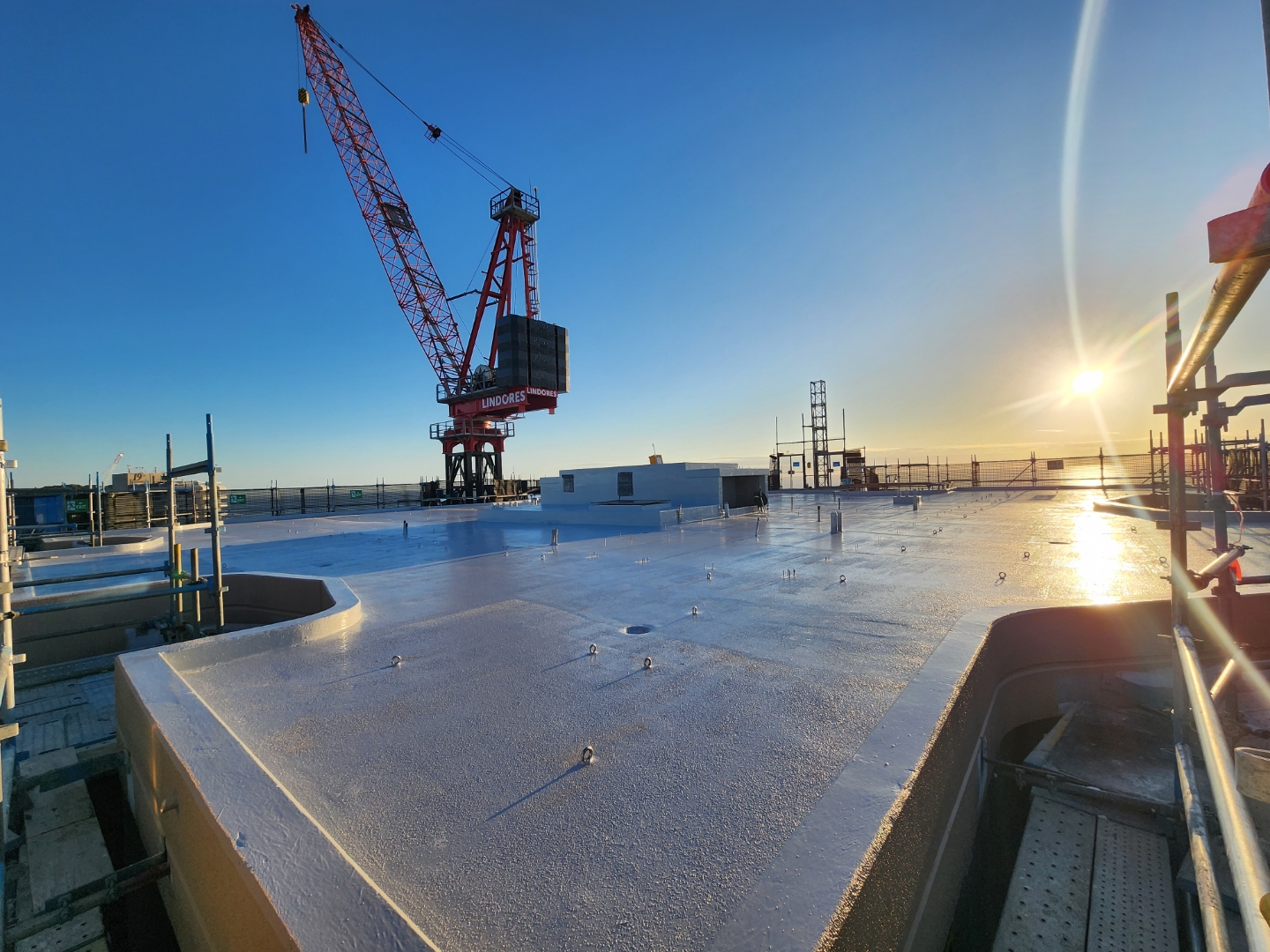 [Photo courtesy of Tremco case study]
[Photo courtesy of Tremco case study]
There are many factors to consider when waterproofing to ensure a dry and durable structure, especially as the different types of waterproofing systems, each have their own strengths and weaknesses. It is advised to always read the technical and safety data sheets of your waterproofing systems and to work with a qualified professional who understands and can choose the best system for your building based on its unique needs.
If you have any questions or need project-specific advice, our Specifications Team and Technical Representatives are always available to assist you.
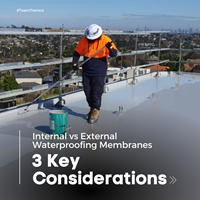 Waterproofing
Internal vs External Waterproofing Membranes - What are 3 Key Considerations?
Waterproofing
Internal vs External Waterproofing Membranes - What are 3 Key Considerations?
Waterproofing membranes are crucial elements in construction projects. Discover 3 key considerations when choosing a membrane.
 Flooring, Waterproofing
Navigating the Depths: Challenges in Waterproofing and Coating Basement Car Park Decks
Flooring, Waterproofing
Navigating the Depths: Challenges in Waterproofing and Coating Basement Car Park Decks
In this blog post, we will delve into the intricacies of waterproofing and coating basement car park decks...

1. Regulatory Compliance Testing
Ensuring that the membrane that you are using complies with the regulatory requirements as outlined within the NCC (National Construction Code) is critically important.
Figure A2G1 from the 2022 NCC (shown below) demonstrates that Performance Requirements may be satisfied by either a Performance Solution and/or a Deemed-To-Satisfy Solution.
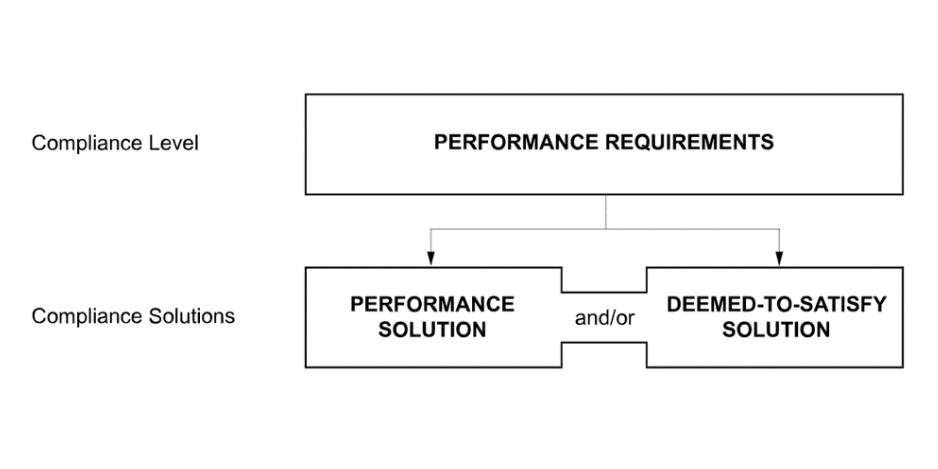
[Figure A2G1 from the 2022 NCC]
Internal Wet Areas
In order to maintain healthy living conditions and to preserve the integrity of a building and its property, it is crucial to avoid the accumulation of water in internal wet areas. This not only prevents potential damage to the building, but also ensures the safety and well-being of its occupants. Equally important is the prevention of water damage to the internal components of the building, which can result in costly repairs and disruptions.
To comply with the Deemed-To-Satisfy Solution for Internal Wet Areas, as per Clause F2D2 of the 2022 NCC, waterproofing membrane for internal wet areas must be designed and installed in accordance with AS 3740, and the waterproofing membrane be compliant to AS 4858.
External Above-Ground Areas
Preventing water from entering and accumulating within a building is crucial to avoid creating unhealthy conditions and damaging building elements. This involves careful design to minimise the risk of water ingress and redirecting it away from the building to prevent damage to nearby properties. It is important to take proactive measures to ensure that your building remains in good condition and to prevent any water-related damage from occurring. By ensuring that your building has adequate waterproofing, you can help to protect your property and ensure that it remains safe and healthy for all occupants.
To comply with the Deemed-To-Satisfy Solution for External, Above Grade Areas, as per Clause F1D5 of the 2022 NCC, waterproofing membranes for external, above-ground areas must be designed and installed in accordance with AS 4654.2, and the waterproofing membrane be compliant to AS 4654.1.
It is important to appreciate that there are inherent differences between AS 4858 and AS 4654.1, and as such these standards cannot and should not be used interchangeably.
2. Suitability for Use
The inherent properties of a membrane play a crucial role in determining its overall effectiveness and suitability for use for the proposed application. It is essential to carefully consider each area of a building’s integral requirements when selecting a high-quality waterproofing membrane to ensure long-lasting protection against water ingress. For example, a membrane designed for under-tile use, is not likely to be appropriate for usage in a planter box, and a membrane designed for use in a planter box, is not likely to be appropriate for usage on an exposed rooftop.
It is important that the correct membrane is selected for each application, a one size fits all approach is never appropriate when it comes to the selection and specification of waterproofing membranes. Consult our Specification Team for any project-specific advice that you require.
It is always advised to refer to the product technical data sheet.
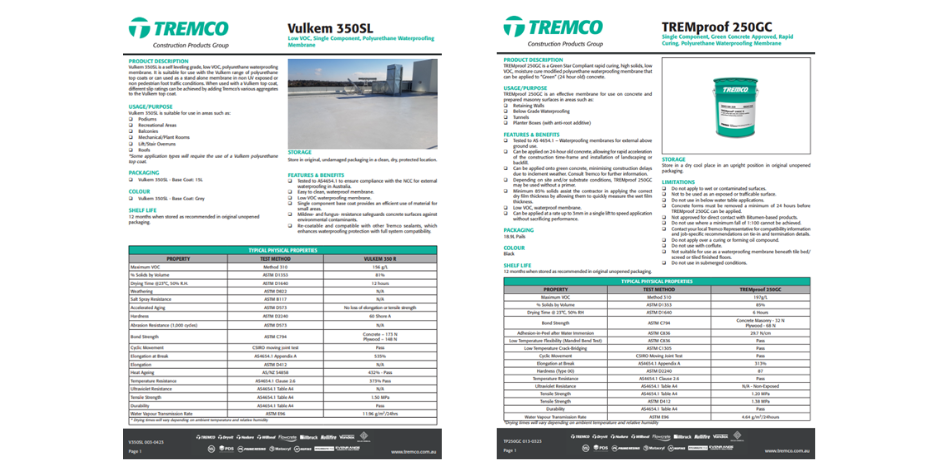
[example of product technical data sheet]
3. Curing
To ensure the long-term performance of any membrane system, it is critical that it is allowed to properly cure before the installation of any overburden finishes or being placed into service. The time needed for a membrane system to properly cure may vary depending on the type of product used and the ambient conditions.
Inherently the ambient conditions for internal areas and external areas are likely to differ, and this is likely to have a significant impact on the curing of a membrane system. The same membrane installed to both internal and external areas, may have a vastly different curing time in each area, depending on variables such as temperature, relative humidity, and airflow. As such, specific consideration should be given to the curing of a membrane, in relation to both the product type as well as the area of application. For specific information, contact one of our experienced Technical Representatives.
Selecting the right waterproofing membrane is crucial for protecting your building against water damage and ensuring the safety and well-being of its occupants. Compliance with regulatory requirements, suitability for use, and proper curing are all essential factors to consider when selecting and installing a waterproofing membrane. If you have any questions or need project-specific advice, our Specification Team and Technical Representatives are always available to assist you.
© 2025 Tremco Incorporated

